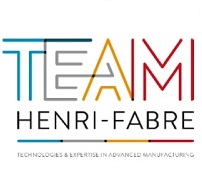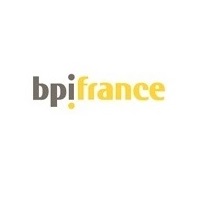Simulation of Turbulence and RoughnEss in Additive Manufactured parts
For the performance prediction of additive-manufactured heat exchangers, the EU-funded STREAM project will design novel turbulent flow modelling strategies. As regards fluid dynamics, additive manufacturing (AM) often introduces important wall roughness, which impacts heat transfer and pressure loss across the device. To solve this problem, computational fluid dynamics (CFD) models are required to predict the performance of heat exchangers. RANS (Reynolds-Averaged Navier-Stokes) and LES (Large-Eddy Simulation) are two complementary turbulence modelling approaches that are good candidates for addressing such challenges. These models need to be extended and validated for wall roughness generated by AM. STREAM will build a database of high-fidelity roughness-resolving LES that will be analysed to derive well-parametrised statistical wall models with applications in customised heat exchanger designs.
Objective
Additive manufacturing (AM) process offers tremendous gains over conventional subtractive manufacturing in heat exchanger design, key issue of thermal engine efficiency. The STREAM project aims at designing novel modeling strategies for the performance prediction of additive-manufactured heat exchangers. The consortium consists in two laboratories CNRS-CORIA and CNRS-LEGI, which have a long experience in high-fidelity multi-physics turbulent flow modeling and TEMISTh, a SME which develops customized solutions for heat exchangers. From the fluid dynamics point of view, AM often introduces important wall roughness, which depends strongly on the manufacturing process itself, and which impacts heat transfer and pressure loss across the device. It is therefore mandatory to design Computational Fluid Dynamics (CFD) models with a sufficient level of accuracy to predict the performances of heat exchangers. RANS (Reynolds-Averaged Navier-Stokes) and LES (Large-Eddy Simulation) are two complementary turbulence modeling approaches that are good candidates for such challenge. In these approaches, wall modeling often relies on statistical analysis, leading to law-of-the-wall models that are widely used in the prediction of internal flows. However, these models need to be extended and validated for wall roughness generated by additive manufacturing. To this aim, STREAM proposes to build a large database of high-fidelity roughness-resolving Large-Eddy Simulations that will be analyzed to derive well-parametrized statistical wall models. An original wall model parametrization will be used that has already been successfully adapted to heat transfers on a turbine blade. The resulting statistical model, usable in both roughness-modeled RANS and LES approaches, will be extensively validated a priori by comparison with the high-fidelity database and a posteriori on classical heat exchanger applications: Fuel-Cooled Oil Cooler, Air-cooled Oil cooler, Surface Air-cooled Oil cooler.
See more information on the CORDIS website : https://cordis.europa.eu/project/id/865378











